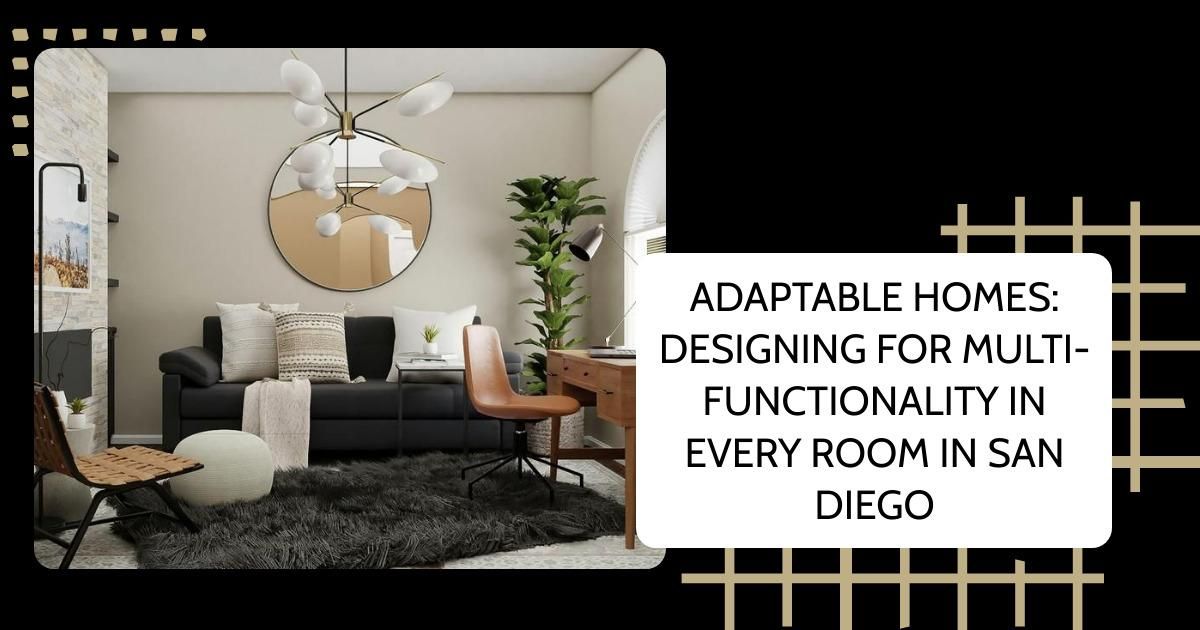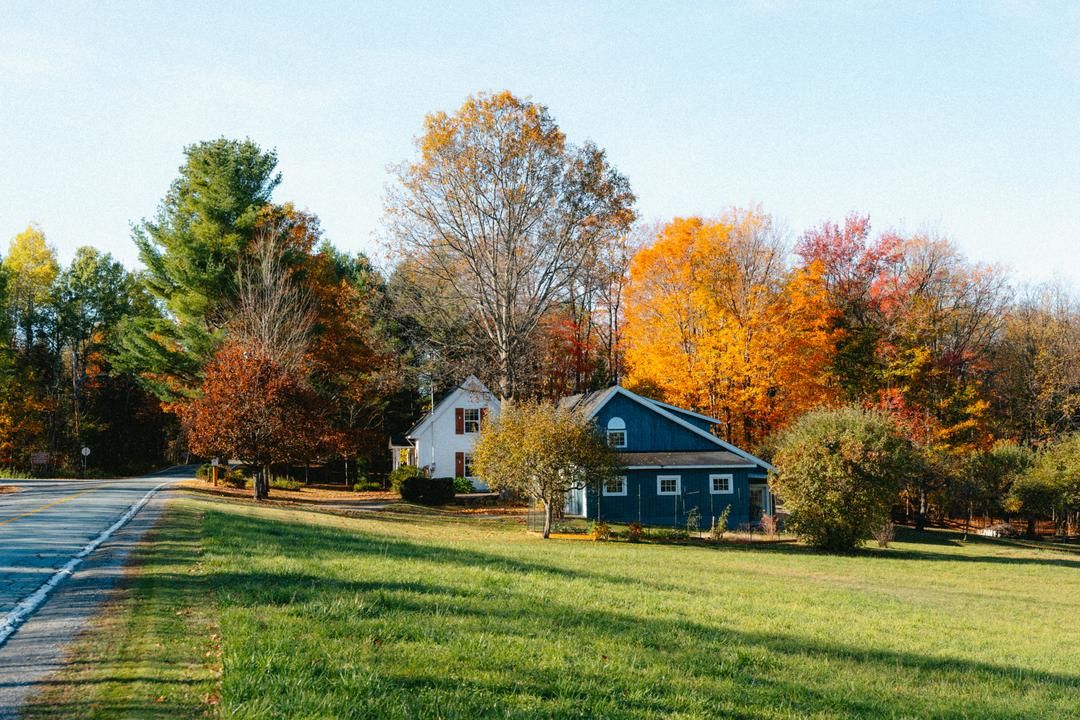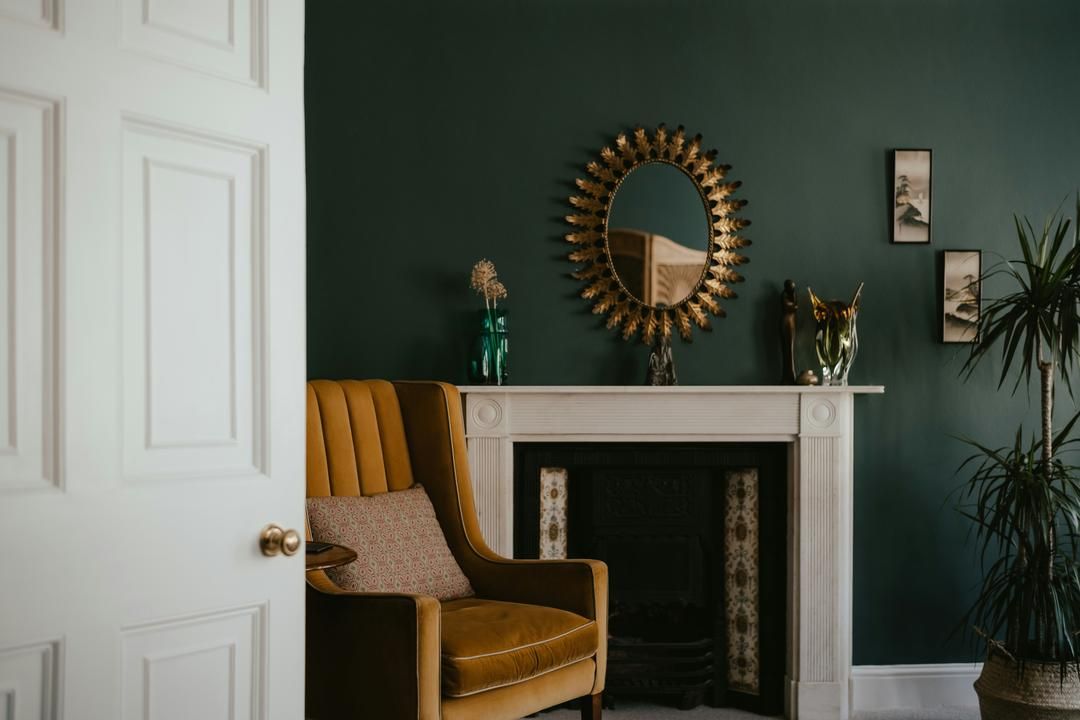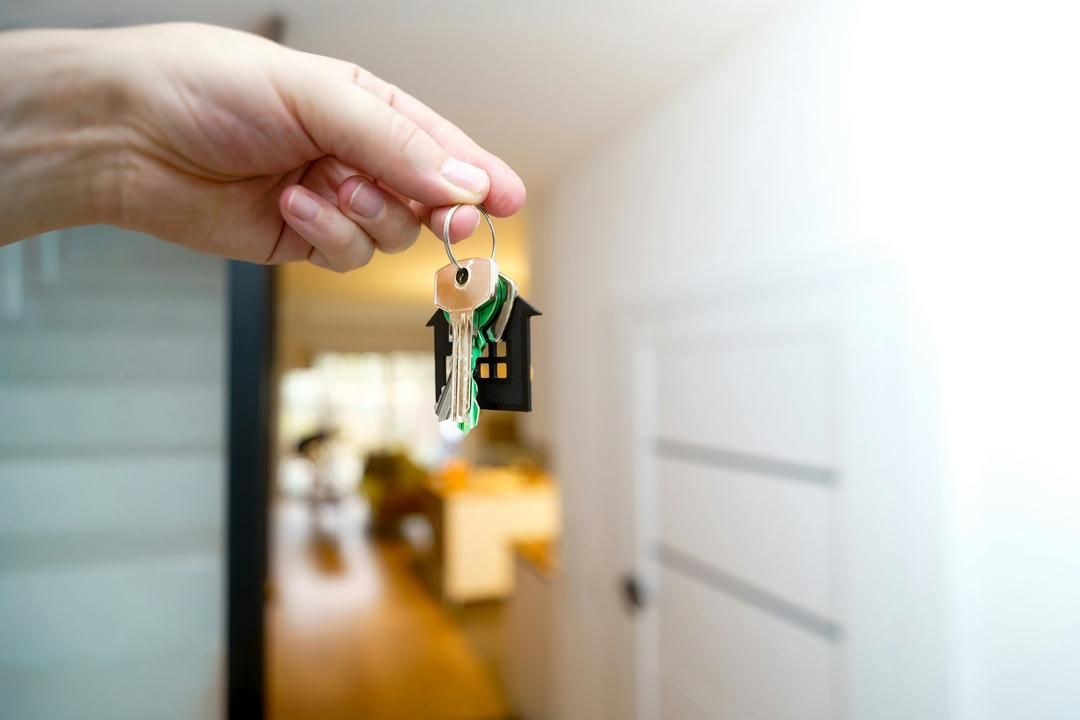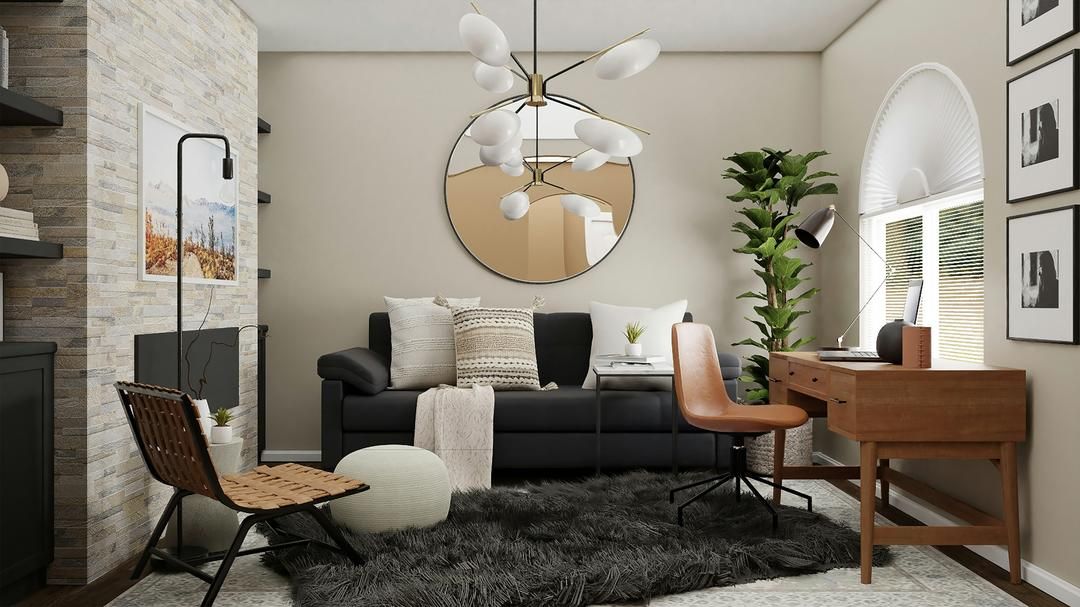
The past few years have reshaped our lives in many ways, and that includes how we perceive our living spaces. Gone are the days when rooms had strict purposes: kitchens were solely for cooking, living rooms were for unwinding, and offices were often tucked away in a separate location.
Those days are definitely behind us.
Today’s homebuyers in the San Diego Metropolitan Area are on the lookout for properties that can adapt to their evolving needs. Whether it’s working from home, starting a side hustle, accommodating multiple generations, or simply carving out a bit of personal space, flexibility has become a key priority.
As agents, we see this shift firsthand. When buyers step into a home, their first question isn’t just “How many bedrooms?” It’s “How can this space fit into my life?”
Let’s take a closer look at what makes a home feel adaptable, how to identify and market multifunctional features, and why these elements are more crucial than ever in 2025.
The Shift Toward Flexible Living
Adaptable homes are no longer a luxury—they’ve become the new standard. Life is anything but static, and our living spaces should reflect that.
The rise of remote work, online education, side businesses, wellness routines, and multi-generational households has created a demand for rooms that serve multiple purposes. The ideal home today isn’t necessarily larger; it’s smarter, more intentional, and better equipped to handle whatever life throws your way.
This trend is particularly evident among younger buyers. Millennials and Gen Z aren’t just searching for square footage—they’re looking for spaces that serve a purpose. Every room needs to justify its existence.
What Buyers Want: Multi-Functional Features That Sell
1. Home Offices That Actually Work With You
Home offices used to be a “nice-to-have.” Now, they’re a must. But even more valuable is an office that can serve another function.
Consider rooms with built-in bookshelves, Murphy beds, or sliding doors that provide privacy when needed but openness the rest of the time. These features assure buyers that the space won’t go unused if their needs change in the future.
Even a well-lit nook with a floating desk can be effective—especially when staged thoughtfully to showcase its potential.
2. Dual-Purpose Dining Rooms
Formal dining rooms are becoming less common—but they’re not disappearing entirely. Buyers want spaces that offer flexibility: a spot for dinner parties and holiday meals, as well as a place for homework, remote work, or hobbies.
Convertible furniture, like dining tables with hidden storage or expandable surfaces, helps buyers envision this kind of everyday adaptability. If you’re selling, stage this area to highlight both its functional and social aspects—think laptops tucked away beneath elegant place settings.
3. Guest Rooms That Aren’t Just for Guests
Not everyone has frequent overnight visitors, which is why a room labeled “guest room” can feel like wasted space to some buyers.
But if you market it as a “flex space” or “bonus room,” the conversation shifts. Add a daybed and a desk, or yoga mats and wall-mounted shelves. It becomes clear: this room could serve as a nursery, a Zoom room, a workout space, or a creative retreat.
4. Basements Built for More
Finished basements are a treasure trove of flexibility. We’ve seen them transformed into media rooms, playrooms, home gyms, in-law suites, or even income-generating Airbnb units.
Buyers appreciate knowing there’s space that can grow with them—especially when upstairs square footage is limited. Make sure to highlight any plumbing, electrical upgrades, or potential for a separate entrance if those features are available.
5. Kitchens That Do It All
Today’s kitchens are no longer just for cooking—they’re command centers. They’re where bills get paid, kids do homework, and friends gather for snacks and drinks.
Modern buyers are drawn to features like oversized islands, built-in charging drawers, pull-out pantry shelves, and banquettes that double as breakfast nooks and workspaces. Another popular addition? Integrated smart displays—screens built into refrigerators or walls for easy access to recipes, streaming, and smart home control. A well-designed kitchen suggests a well-organized life—and that’s something many people are looking for.
Don’t Forget the Outdoors
Backyards are getting the same treatment. It’s no longer sufficient to have just a patch of grass. Buyers are seeking outdoor spaces that can serve multiple purposes.
Covered patios can function as second living rooms. Sheds can be transformed into studios or offices. A small deck can become a yoga space or a quiet corner for coffee.
Even smaller yards can make a significant impact if they’re thoughtfully designed with planters, string lights, and movable furniture. The key is helping buyers envision what’s possible and encouraging them to imagine future memories in these spaces.
Final Thought: Every Room Has Potential
Even if your home doesn’t have a designated gym, theater, or “Zoom room,” it may still offer exactly what today’s buyers want.
It just takes a bit of creativity, smart staging, and thoughtful marketing to highlight that versatility.
So if you’re considering selling—or just want to future-proof your space for your own needs—start asking yourself this simple question:
“How else could this room work for me?”
Chances are, a buyer will be asking the same thing.
Thinking about selling your home?
Get in touch. We'll guide you through every step of the process to ensure a smooth transaction that meets your goals.


